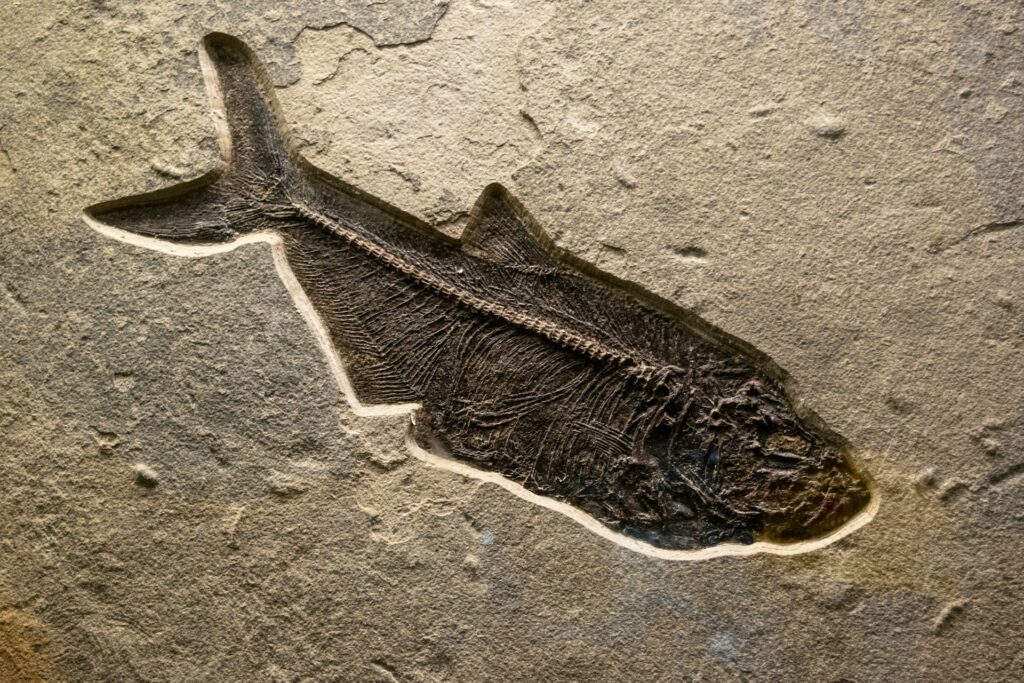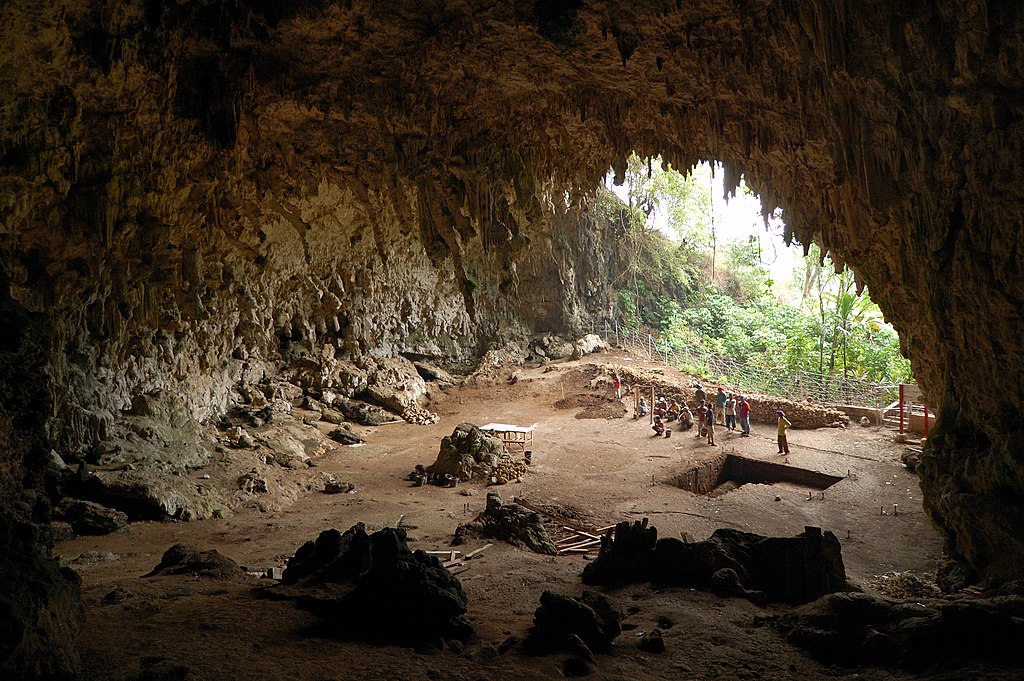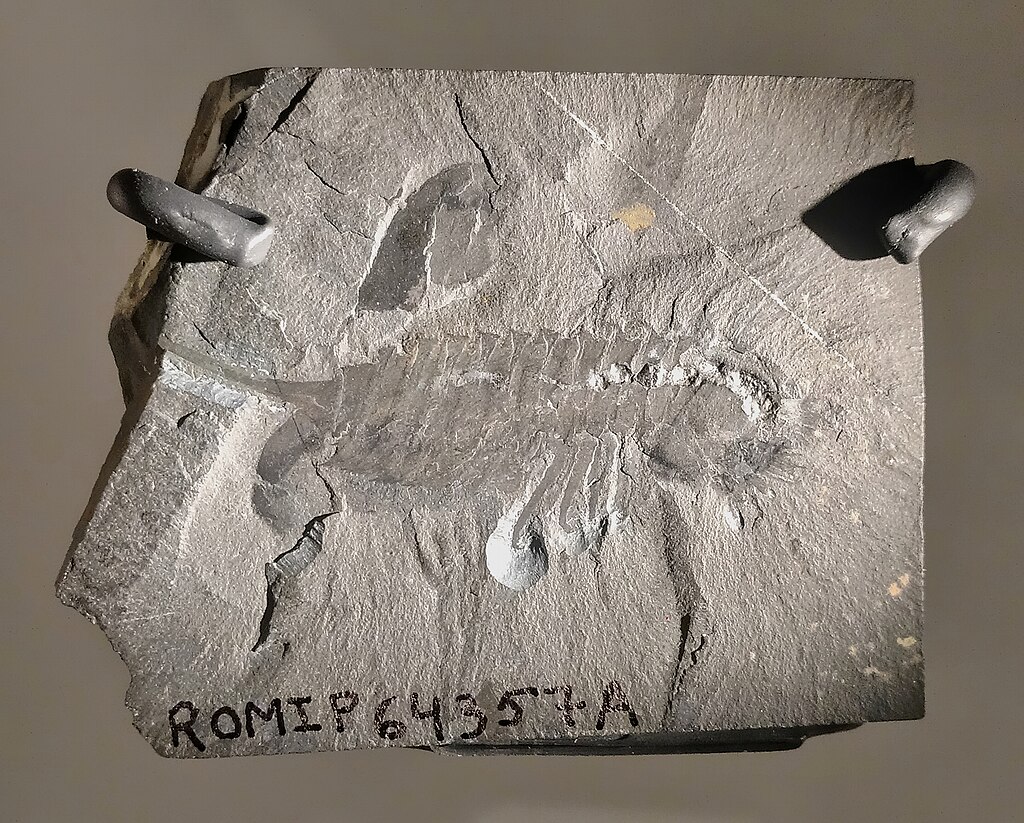
Most of what we know about prehistoric life comes from bits and pieces—bones, teeth, impressions in rock. However, every now and then, a new species gets named based on just one fossil. That might sound like shaky science, and honestly, sometimes it is. But it also shows how rare and fragile the fossil record really is. When there’s only a single example of a species, it leaves a huge amount of room for interpretation—and error. Here are a dozen species we’ve only found once, and why that makes things complicated for scientists trying to piece together ancient history.
1. Deinocheirus mirificus (before the rest was found)
For decades, Deinocheirus was known only from two massive, 8-foot-long arms with huge claws, found in Mongolia in the 1960s. No head, no legs, no torso—just arms. It became a sort of paleontological mystery icon.
For years, no one could figure out what the rest of the animal looked like. Was it a predator? A scavenger? Eventually, more fossils were found in 2014 and the mystery was solved—but it’s a reminder of how misleading a single piece can be when it’s all we’ve got.
2. Hallucigenia sparsa
This bizarre creature from the Cambrian period was initially reconstructed upside down, with its spiky back mistaken for legs and its soft tentacle-like limbs mistaken for feeding structures.
With only one fossil at the time, the original model looked more like a surrealist cartoon than a real animal. Later discoveries corrected it, but it’s still used as a classic example of how wrong early interpretations can be when you’re working with limited material.
3. Ambopteryx longibrachium
This tiny, bat-winged dinosaur was discovered in China and is known from a single, nearly complete fossil. It had membrane-like wings similar to a bat or pterosaur, rather than the feathered ones we associate with birds. The fossil is stunning, but with only one to study, it’s hard to know whether this species was common or an evolutionary dead-end. One fossil limits what we can say about how it moved, lived, or even how widespread it was.

4. Homo floresiensis (a.k.a. the “Hobbit”)
This tiny hominin species was found on the Indonesian island of Flores and caused a huge stir. The single specimen suggested an adult human-like figure just over three feet tall, with a small brain and primitive features. There’s debate over whether it’s truly a separate species or just a modern human with a developmental disorder. Without more examples, the debate continues—and our understanding of human evolution stays muddled.
5. Nyasasaurus parringtoni
This species might be the oldest known dinosaur—or it might not be a dinosaur at all. The only fossil we have is a partial upper arm bone and a few vertebrae from Tanzania, dated to about 240 million years ago. It’s tantalising, but also deeply frustrating. With so little material, scientists can’t say for sure where Nyasasaurus fits. It could rewrite the dinosaur timeline—or it could be a completely different kind of creature.
6. Tiktaalik roseae
This famous “fishapod” is a key species in the story of life moving from water to land. It has features of both fish and early four-legged animals, making it a missing link of sorts. But despite its fame, we’ve only found one complete specimen. That means every theory about how it moved, how it breathed, and how it lived is based on just one body. It’s a lot of pressure on one fossil to carry that much evolutionary baggage.
7. Purgatorius unio
This tiny, shrew-like creature is believed to be one of the very first primates. But here’s the catch—we only have teeth. That’s it. Just a few molars dug up in Montana. Teeth can tell you a lot about diet, but not much else. Without a skull, limbs, or anything else, we can’t say with confidence what Purgatorius really looked like or how it lived. Yet it’s still sometimes called the “earliest primate.”
8. Pegomastax africanus
This odd little dinosaur had a parrot-like beak, sharp fangs, and a bristly body. Its only known fossil sat unnoticed in a museum drawer for decades until someone took a closer look. It was eventually reconstructed and described, but with just one example, there’s a lot of guesswork involved—especially around its diet, which seems to be a mix of plants and maybe small animals. Weird, adorable, and still mysterious.
9. Galleonosaurus dorisae
Discovered in Australia, this small ornithopod dinosaur is known from a single lower jaw bone. That’s it. From this alone, scientists named an entire new species, and even gave it a nickname based on its resemblance to a ship’s hull.
With no body, limbs, or skull to go on, this is the definition of speculative science. It’s possible the jaw belonged to a known species, or that other parts of the skeleton just haven’t been found yet. Until then, it’s a species with an identity built on one fragment.

10. Habelia optata
This creature from the Burgess Shale was originally thought to be a weird crustacean relative, but more recent analysis places it closer to the ancestral roots of arachnids and insects. We only have one well-preserved fossil, and it’s strange enough to make classification tricky. With more examples, we could piece together how this little arthropod connects to the bigger family tree—but for now, it’s a one-hit wonder.
11. Brontomerus mcintoshi
This sauropod dinosaur, nicknamed “Thunder Thighs,” is known from one partial hip bone and a few vertebrae. The name comes from its huge thigh muscle attachments, which suggest it might have kicked predators or rivals with serious force. But again, we don’t have much to go on. Just one fossil. The idea of a kicking sauropod is great, but without more bones, it’s mostly theory, and that’s assuming the bones actually belonged to the same individual.
12. Mysteriomorphus pelevini
This one sounds made up, but it’s a real extinct beetle species named from just one fossilised specimen found in amber. The name literally means “mysterious form,” which feels about right when you have one bug in a rock and a thousand questions.
Its features don’t match any known insect family perfectly, so for now, it sits in its own confusing little category. Without more examples, we don’t know if it was common or completely unique. Either way, it’s not giving up its secrets easily.